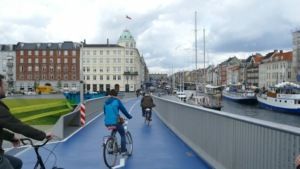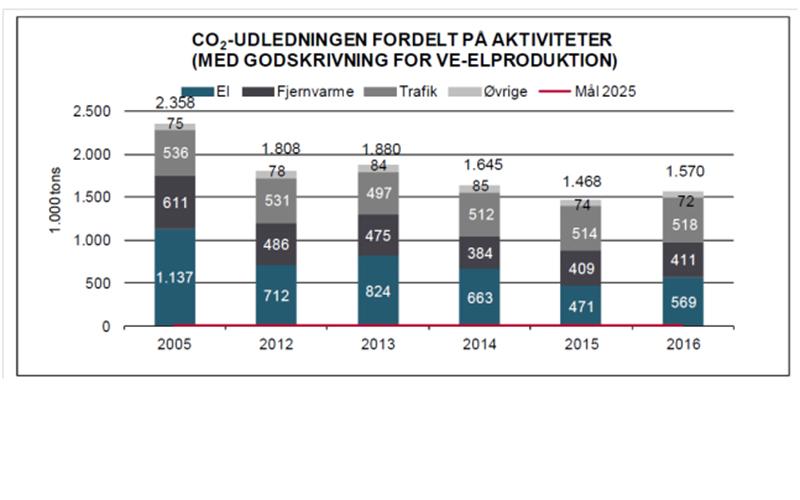News
Copenhagen off-course in bid to achieve CO2-neutral goals
This article is more than 8 years old.
Following years of CO2 reduction, 2016 saw an unexpected increase

Copenhagen is going to need more bicycles and fewer cars to reach its 2025 goal (photo: Sailors for Sustainability)
Copenhagen’s goal to become the world’s first CO2 neutral capital by 2025 looks to be further from its grasp than was the case two years ago.
According to new figures from City Hall, Copenhagen reduced its CO2 emissions by 33 percent by the end of 2016 – whereas the capital had reduced its CO2 emissions by 38 percent by the end of 2015. The issue, in particular, has concerned traffic.
“Copenhagen must maintain its ambition to become the world’s first CO2-neutral capital, so it’s down to the City Representation to become better as utilising existing tools to make traffic in Copenhagen greener,” said Morten Kabell, the deputy mayor for technical and environmental issues.
“Meanwhile, we must develop new transport solutions in collaboration with knowledge institutions, companies and Copenhageners.”
READ MORE: Copenhagen to become capital for green transition
Costly error
One of the dilemmas is that the Technical University of Denmark (DTU) has discovered an error in its guide to how the municipality should calculate the emissions of CO2.
The good news is that the capital has reduced CO2 emissions generated by electricity and district heating by 50 and 33 percent since 2005 – primarily thanks to the transition to biomass at power plants delivering district heating and more sustainable energy for the national electricity grid.
READ MORE: Denmark takes big tumble on climate change index
Brighter streets
In related news, Copenhagen has invested 283 million kroner to change 19,000 of the city’s 45,000 streets lights into more sustainable LED lights.
The move, only recently completed, is expected to more than halve the municipality’s total energy consumption on lighting the city streets.
Kabell said he was on the hunt for 106 million kroner in funds from the forthcoming budget negotiations to change a further 9,000 street lamps.
Aside from being more sustainable, the new lights offer better lighting. The older street lights gave off a dull orange glow, while the new ones are clearer and brighter.











































